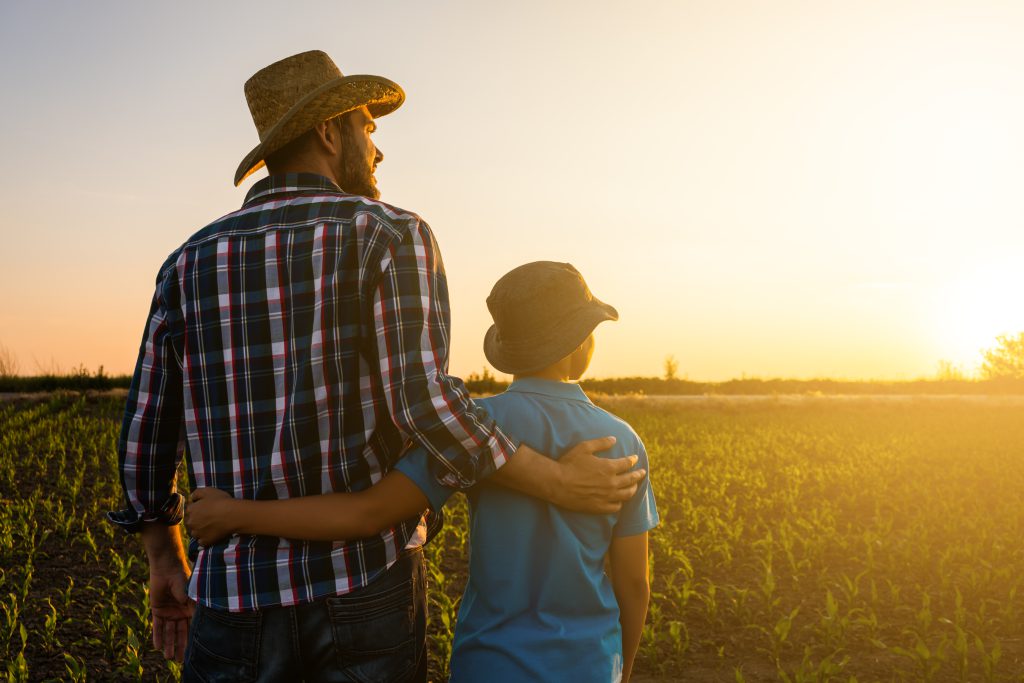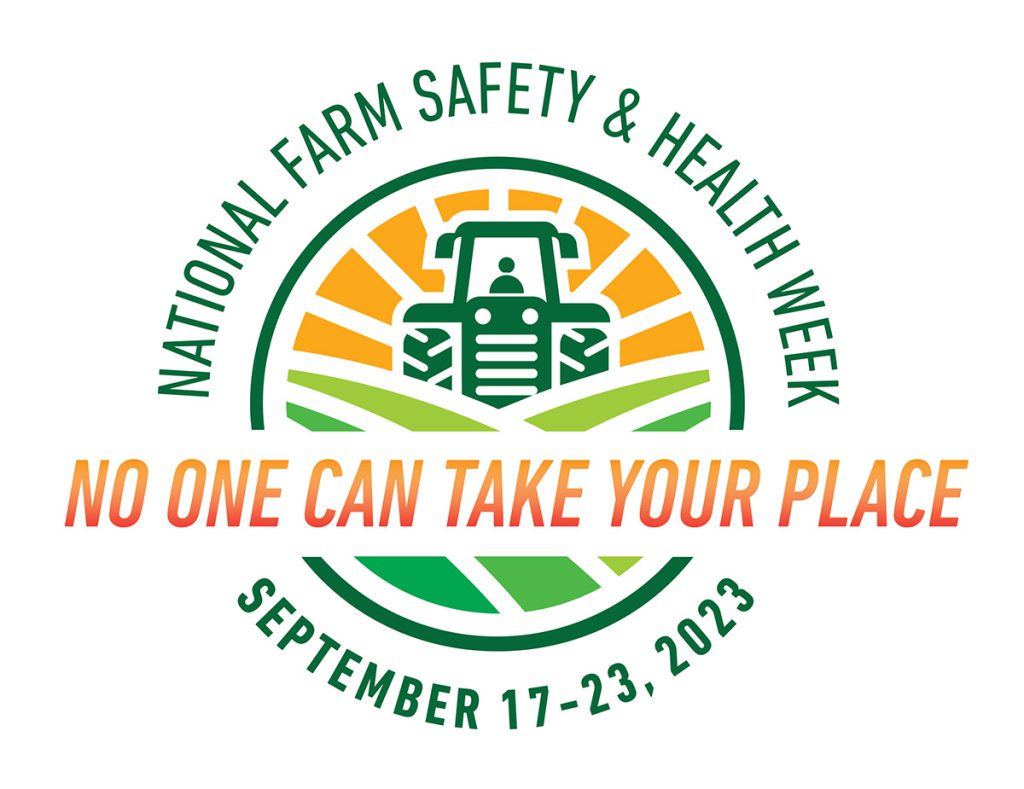Family Farms: When Working From Home Can Put Children at Risk
Posted on by
Agriculture ranks among the most hazardous industries for workers,[1] but since many farms share work and home spaces, it is also one of the few industries in which family members are also at risk for fatal and nonfatal injuries. Every day, 33 children in the United States are seriously injured in agricultural-related incidents, and every three days a child dies on a farm.[2] However, over 60% of children impacted by a farm incident were not working when the injury occurred.[3]
Adult supervision off the farm worksite is a key safety strategy for keeping young children safe. Yet despite this long-standing recommendation, little is known about farm parents’ ability and willingness to use childcare (paid or unpaid) despite some evidence that childcare is an issue that affects all of agriculture regardless of farm size, production system, or location.[4] [5]
The National Farm Medicine Center and The Ohio State University recently conducted a nationwide survey of 860 farm and ranch families in 47 states to understand how they navigate work on and off the farm while keeping their children safe. The survey found:
- 97% of farm families are concerned their children could get hurt on the farm.
- 62% of farm families report access to affordable childcare is an important or very important strategy for keeping children safe.
And yet…
- 74% of farm families experienced childcare challenges within the last five years, most often due to cost and availability, followed by distance to childcare and quality of childcare.
- 86% of farm families take care of children on the active farm worksite due to the lack of alternative childcare (paid or unpaid) options.
In other words, while many farm and ranch parents know the risk of bringing children onto active worksites, the lack of childcare options means their choices of what to do with the children while they work are limited.
The survey also revealed that having and raising children can be a source of mental health challenges for farmworkers. Almost half of all farm families (47%) reported someone in their household experienced pre and/or postpartum depression. Furthermore, eight in ten farm families (88%) reported someone in their household felt more stress and anxiety since the arrival of the children. Agriculture workers can experience high levels of stress and are at increased risk for suicide.[6] However, current mental health interventions tend to focus on the concerns of older, male farmers.[7] This study points to the importance of also ensuring that mental health interventions account for the needs and realities of farmers raising young children.
This research highlights some of the unique challenges of working and living in the same location. Despite decades of awareness of the risks to children on farms, injury and death continue to occur. However, there is no one-size-fits-all solution to farm parents’ childcare problems. When asked about ways to make it easier to navigate their personal and professional obligations while also keeping children safe, farm parents mentioned farm safety kits (72%), financial support to help pay for safe play areas (62%), as well as paid family leave (62%) and childcare tax credits (57%). If you are a farm family, please share with us how you have addressed some of these challenges.
 For more information see the survey research brief Childcare in Agriculture: Key for Children’s Safety and the Economic Viability of Farm and Ranch Businesses and the project page.
For more information see the survey research brief Childcare in Agriculture: Key for Children’s Safety and the Economic Viability of Farm and Ranch Businesses and the project page.
This blog is a part of NIOSH’s recognition of National Farm Safety and Health Week, highlighting the importance of working together to prevent injuries and illnesses among agricultural workers.
Florence Becot is with the National Children’s Center for Rural and Agricultural Health and Safety.
KC Elliott, MA, MPH, is the Coordinator of the NIOSH Office of Agriculture Safety and Health.
This research project is part of the National Children’s Center for Rural and Agricultural Health and Safety which is funded by NIOSH through grant: U54 OH009568-10
References
[1] BLS [2019]. Number and rate of fatal work injuries by industry sector, 2018. In: Census of Fatal Occupational Injuries, 2019. Washington, DC: Bureau of Labor Statistics. https://www.bls.gov/charts/census-of-fatal-occupational-injuries/number-and-rate-of-fatal-work-injuries-by-industry.htm
[2] National Children’s Center for Rural and Agricultural Health and Safety. 2020 fact sheet. Accessed 5/31/23 https://marshfieldresearch.org/Media/Default/NFMC/PDFs/ChildAgInjuryFactsheet2020.pdf
[3] NIOSH (2016). Analyses of the 2014 Childhood Agricultural Injury Survey (CAIS). Morgantown WV: U.S. Department of Health and Human Services, Public Health Service, Centers for Disease Control and Prevention, National Institute for Occupational Safety and Health, Division of Safety Research. Unpublished.
[4] Full article: Children, Work, and Safety on the Farm during COVID-19: A Harder Juggling Act (tandfonline.com)
[5] Inwood, S., & Stengel, E. (2020). Working Households: Challenges in Balancing Young Children and the Farm Enterprise. Community Development, 51(5), 499-517. doi:https://doi.org/10.1080/15575330.2020.1800772
[6] Ringgenberg, W., Peek‐Asa, C., Donham, K., & Ramirez, M. (2018). Trends and characteristics of occupational suicide and homicide in farmers and agriculture workers, 1992–2010. The Journal of Rural Health, 34(3), 246-253.
[7] Henning-Smith, C., Alberth, A., Bjornestad, A., Becot, F., & Inwood, S. (2021). Farmer Mental Health in the U.S. Midwest: Key Informant Perspectives. Journal of Agromedicine, 27(1), 15-24. doi:https://doi.org/10.1080/1059924X.2021.1893881
Posted on by

